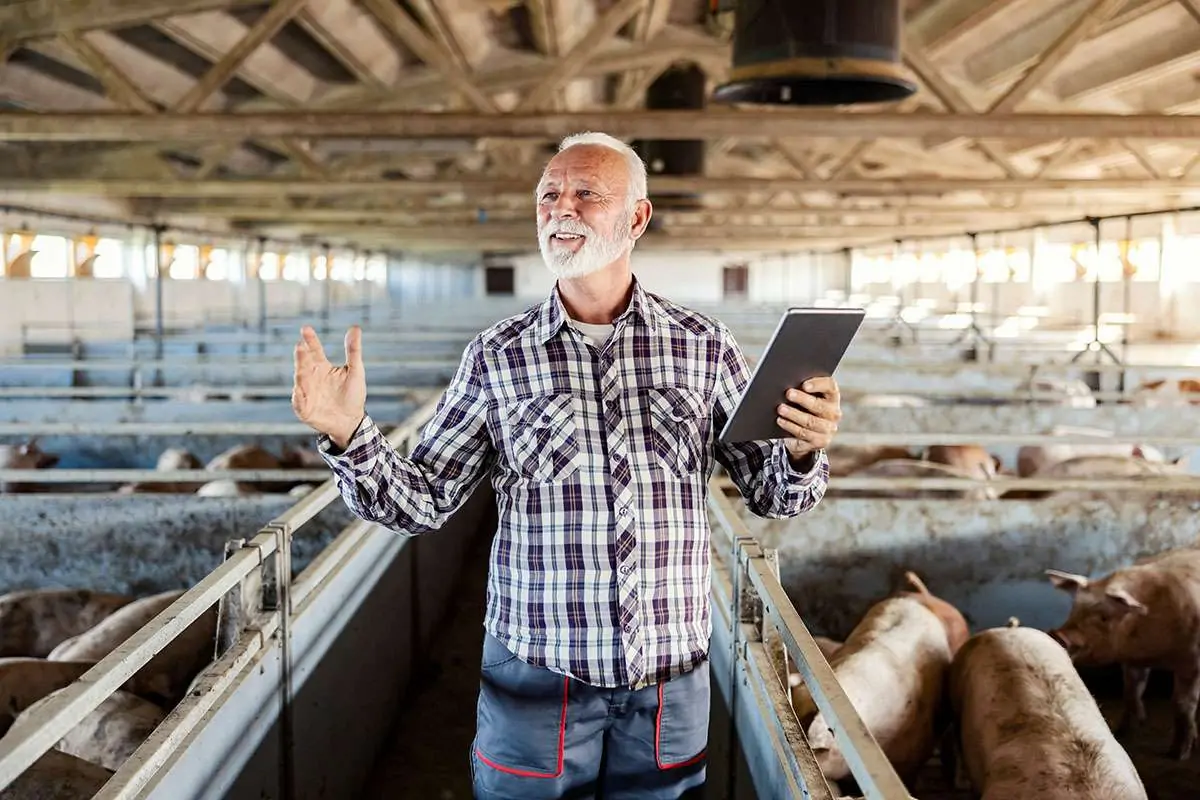Livestock farming is an important sector of the food industry. The primary animal products produced worldwide, such as meat, milk, eggs, and numerous secondary and by-products, are essential for human consumption.
The most prominent regions for livestock farming in the world are as follows:
North America:
North America is one of the largest livestock farming regions in the world. The region hosts large farms that produce substantial quantities of animal products. The United States is one of the world’s largest producers of cattle, pigs, and poultry.
Europe:
Europe is also a significant region for livestock farming. The region features many large and important farms that produce high-quality animal products in large quantities. Germany is among the world’s largest producers of pigs and poultry.
South America:
South America is another important livestock farming region, with large farms producing substantial quantities of animal products. Argentina is one of the world’s largest producers of cattle and poultry.
Asia:
Asia is the world’s most rapidly developing region for livestock farming. Numerous large farms in the region produce significant quantities of animal products. China is one of the world’s largest producers of pigs and poultry.
Africa:
Africa is also an important region for livestock farming. The region has many small and medium-sized farms that produce smaller quantities of animal products compared to other countries. Ethiopia is one of the most significant producers of cattle and poultry in the region.
Several factors influence livestock farming activities in different regions. These factors include the size of agricultural land, water sources and availability, climate, and the economic conditions and opportunities of the country or region.
The products of livestock farming play a crucial role in global food security. Trade between regions often makes animal products available to people worldwide. Adhering to international trade regulations for live animals, slaughtered meat, eggs, and dairy products helps ensure the long-term livelihood of livestock farmers in a given region or country and provides consumers with high-quality raw materials for the food industry.
Challenges of Livestock Farming
Livestock farming faces several challenges. These challenges include animal welfare, environmental protection, and changing consumer trends.
Animal welfare is crucial for the sustainable development of livestock farming. Farmers must ensure that animals remain healthy and their well-being is maintained.
Livestock farming also impacts the environment, which can be both positive and negative. Keeping and feeding animals requires significant amounts of water and energy. The manure, urine, and CO2 emissions produced by animals pose significant environmental burdens. Therefore, the global livestock farming industry must work to reduce its negative environmental impacts.
Consumer demands are also changing, and farmers must adapt to these trends. People increasingly seek healthy and sustainably produced foods. Livestock farmers and producers of animal products must adjust to these changing demands.





